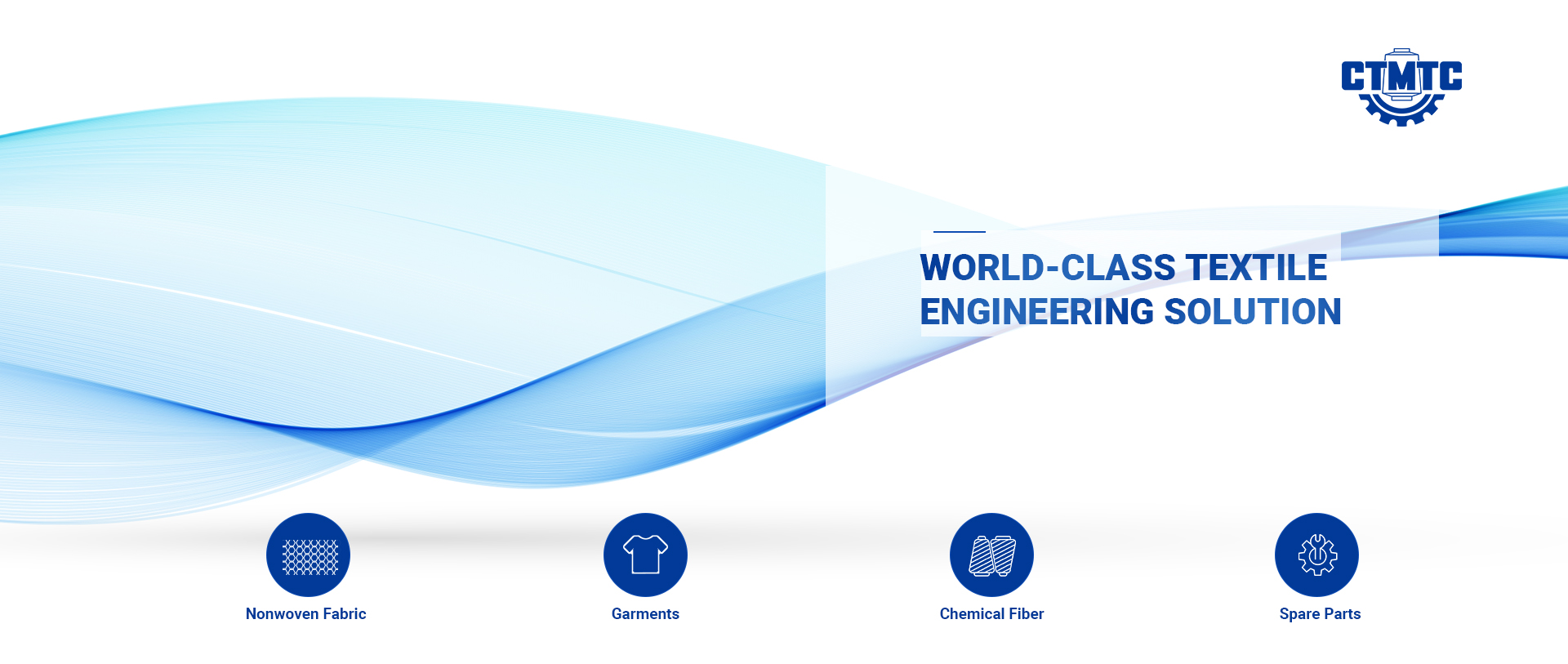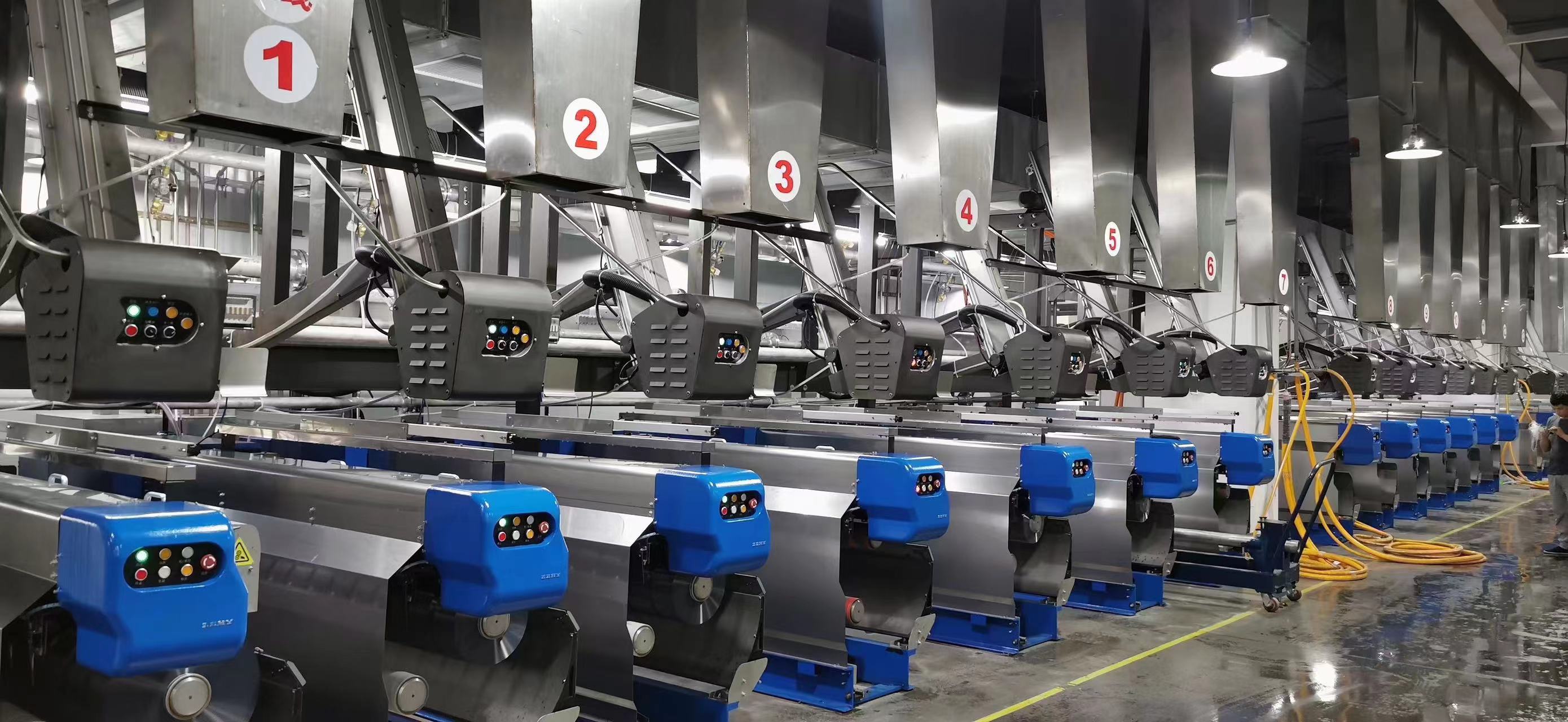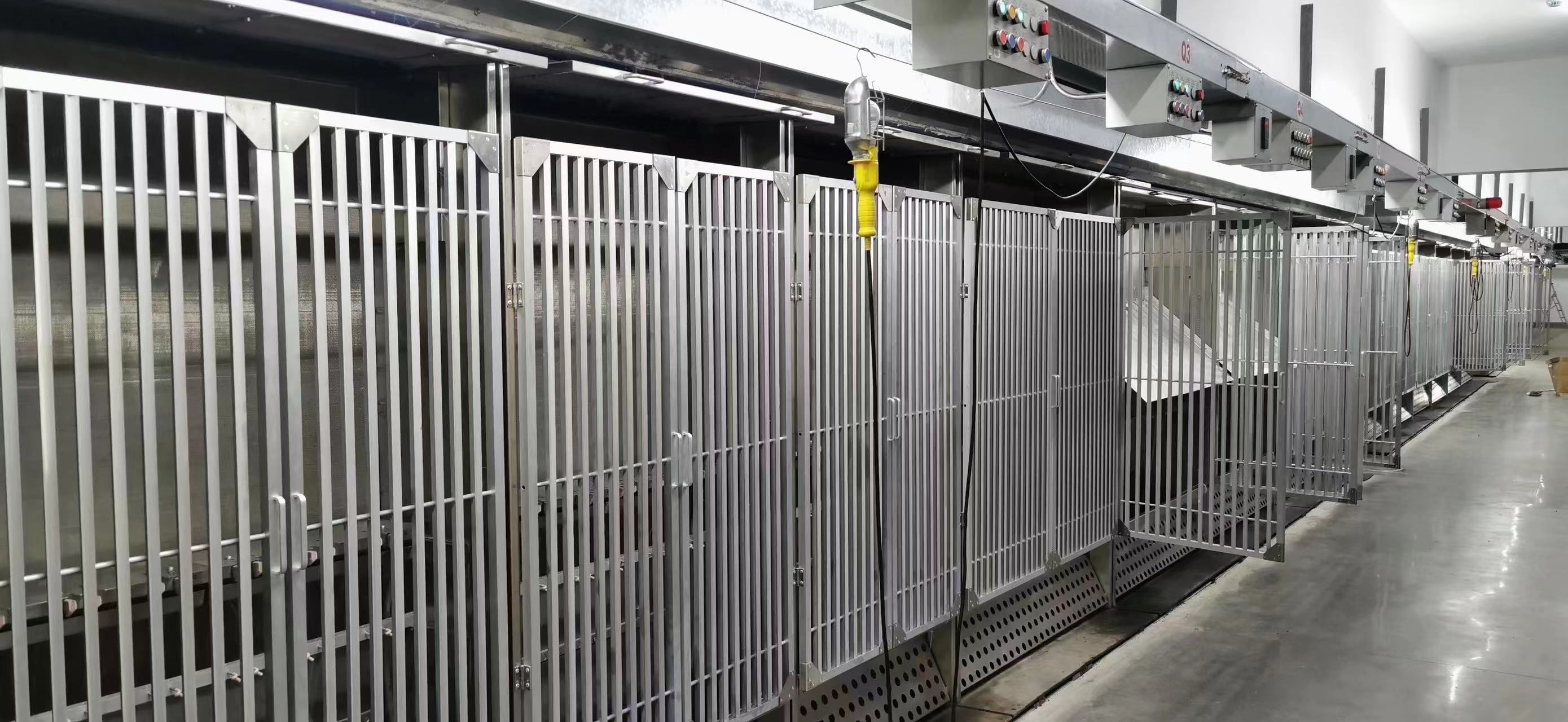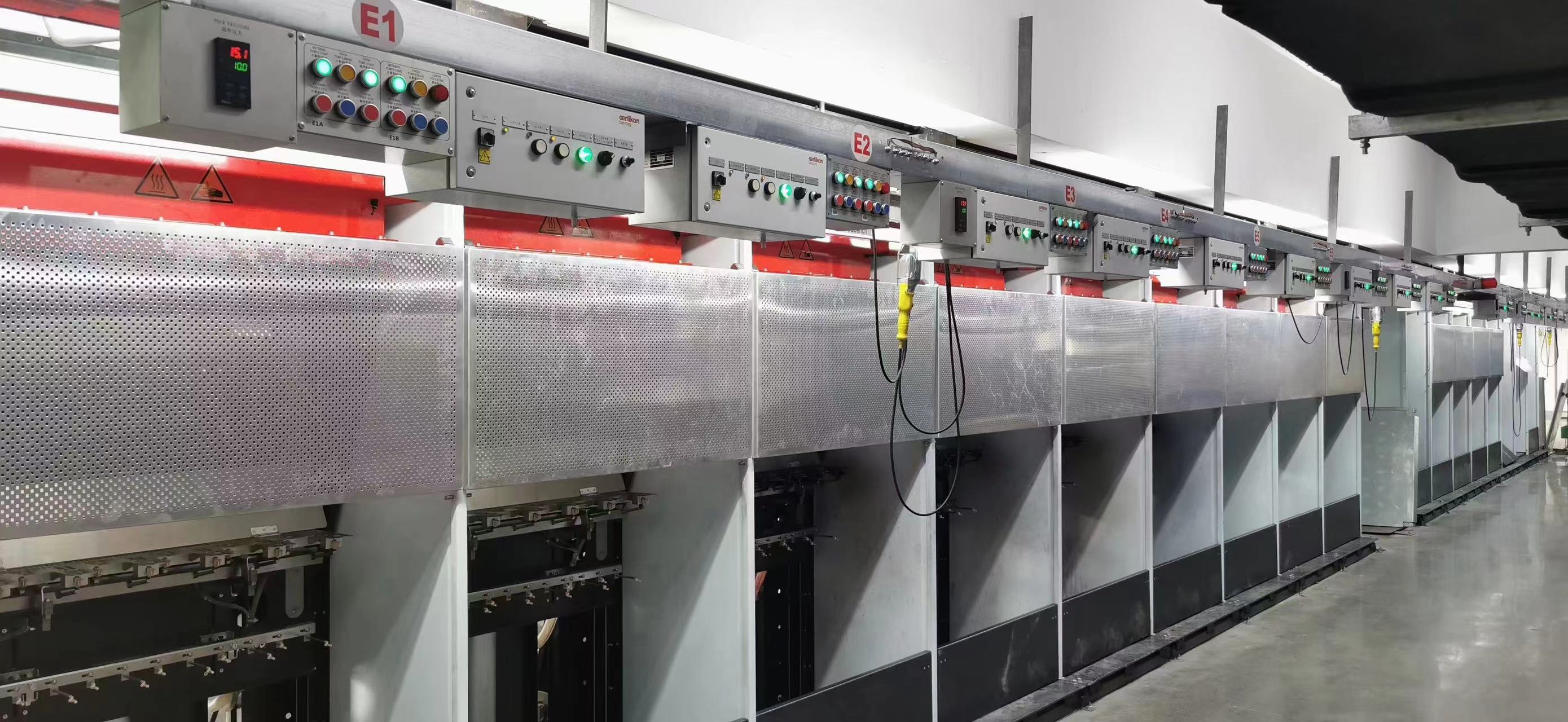Quenching system is import to filament lines, to confirm if the quenching system is functioning effectively in filament yarn production, you can consider the following factors:
Filament Cooling: Check if the quenching system is providing sufficient and consistent cooling to the filaments. The filaments should be rapidly cooled to the desired temperature to solidify and stabilize them effectively.
Uniformity: Assess the uniformity of cooling across the width and length of the filament bundle. Ensure that the cooling process is consistent across the entire cross-section of the filament bundle to avoid variations in properties along the yarn.
Yarn Quality: Evaluate the quality of the produced yarn. The quenching system should result in yarn with the desired characteristics, such as appropriate molecular orientation, tensile strength, elongation, shrinkage, and other specified properties.
Process Parameters: Monitor and control the process parameters related to the quenching system, such as cooling air/water temperature, flow rate, pressure, and nozzle design. These parameters should be optimized to achieve the desired cooling rate and cooling profile.
Visual Inspection: Conduct visual inspections of the filaments and yarn during production. Look for any signs of inconsistent cooling, such as uneven surface appearance, variations in diameter, or visible defects.
Performance Monitoring: Continuously monitor and record relevant process parameters, including temperature, pressure, and cooling time, to ensure that they remain within the specified range. Any deviations should be identified and corrected promptly.
Quality Testing: Perform regular quality testing on the produced yarn to verify if it meets the required specifications and standards. This may include testing for yarn strength, elongation, shrinkage, denier, color fastness, and other relevant properties.
By assessing these factors and implementing regular checks and quality testing, you can ensure that the quenching system is functioning properly and producing filament yarn of the desired quality. It is also important to consider any specific requirements or standards set by your particular production process and adjust the quenching system accordingly.
And normally there are two types of the quenching for you to make choice:
EVO (Edge-Variable Overfeed) quenching and cross-quenching are two different techniques used in filament yarn production. Here are their key differences:
EVO (Edge-Variable Overfeed) Quenching: EVO quenching is a specialized quenching technique primarily used in FDY (Fully Drawn Yarn) production. It involves controlling the cooling rate of the filaments, specifically at the edges or selvages of the yarn. By adjusting the overfeed of the filaments at the edges during the quenching process, differential shrinkage is created between the center and the edges of the yarn. This differential shrinkage contributes to the development of a desired crimp structure and enhanced bulkiness in the FDY yarns.
Cross-Quenching: Cross-quenching, on the other hand, is a cooling process that occurs immediately after the extrusion of the filaments in filament yarn production. It involves subjecting the filaments to a rapid cooling method, such as using cool air or water, to solidify and stabilize them. Cross-quenching helps to preserve the desired molecular orientation and physical properties of the filaments. It is commonly used in various types of filament yarn production, including POY (Partially Oriented Yarn) and FDY.
In summary, the main difference between EVO quenching and cross-quenching lies in their purpose and effect. EVO quenching is specifically designed to create differential shrinkage and achieve a desired crimp structure and bulkiness in FDY yarns. Cross-quenching, on the other hand, is a general cooling process applied to stabilize filaments and preserve their molecular orientation and physical properties in different types of filament yarn production.
Post time: Jun-05-2023




